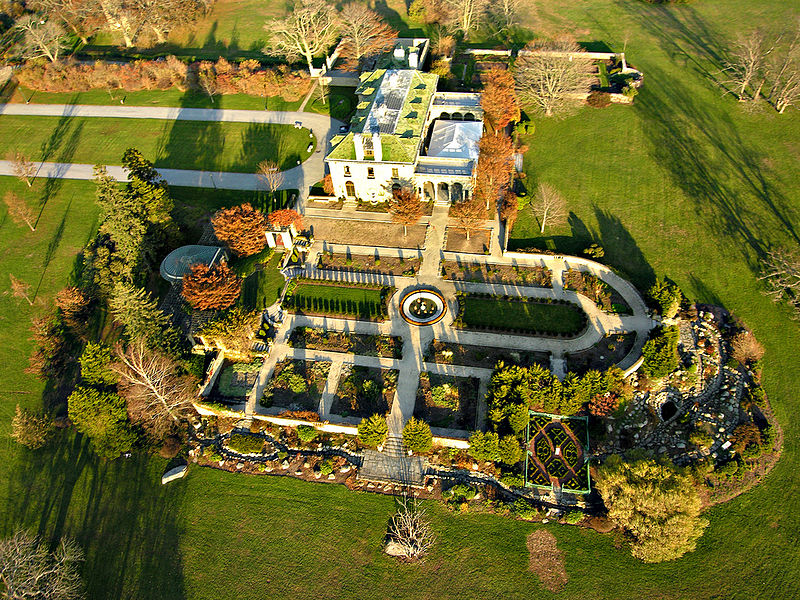By CT Humanities Staff
The Battle of Goshen Point resulted in the rescue of dozens of maritime traders along the Connecticut shore. It also proved an important victory for America’s small gunboat fleet over a larger and more powerful British force.
During the War of 1812, the United States relied heavily on gunboats to protect its shores. Gunboats usually measured about 50 feet in length, were single or double masted, and sported between one and three guns. For much of the war, the waters around New York City received protection from a fleet of 53 gunboats directed by U.S. Navy Commander Jacob Lewis. By way of comparison, the waters off of New London, Connecticut, received protection from just two gunboats, though Lewis frequently ventured out from New York to protect American boats on Long Island Sound.
In May of 1814, Lewis led 13 boats into the Sound to drive away a British privateer. Along the way, he encountered 40 commercial vessels requesting an armed escort to New London. Ensuring their safety meant engaging an enemy force led by the British frigate Maidstone and its 28 guns.
Under constant fire, Lewis led his boats past the British, maneuvering in and out of danger and returning fire. The action broke off as darkness arrived. All the boats under Lewis’s command eventually reached New London before the following dawn, at which time the commander of the Maidstone chose not to engage Lewis again, due largely, it appeared, to the damage Lewis inflicted the previous day.
The Battle of Goshen Point took place in the waters off (what today is) Harkness Memorial State Park in Waterford, Connecticut.
This article was adapted from CT Humanities’ ConnTours Project.









